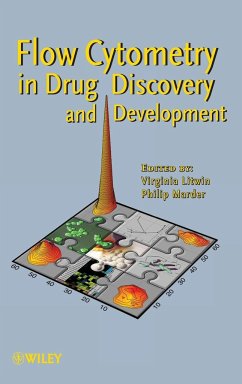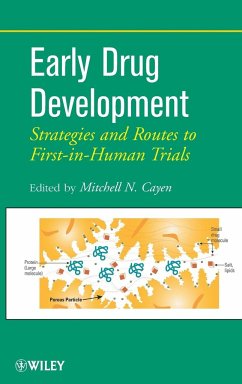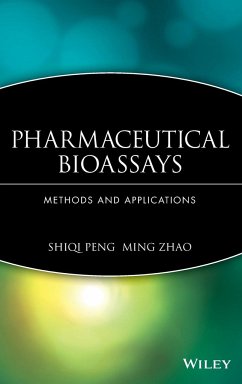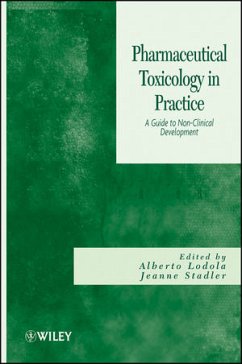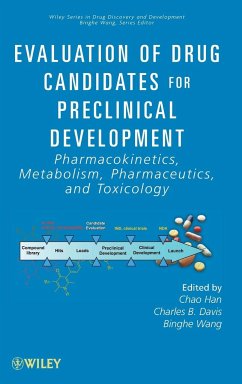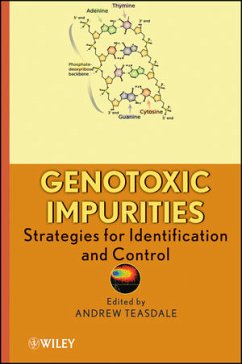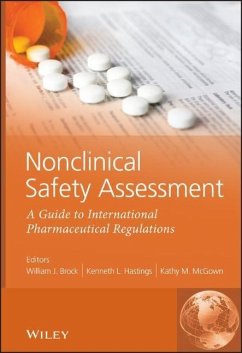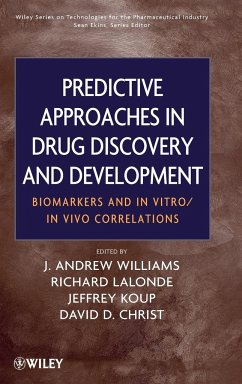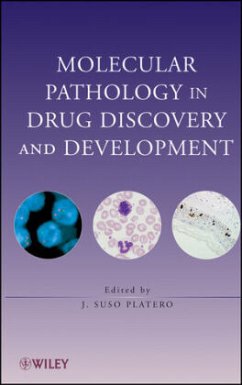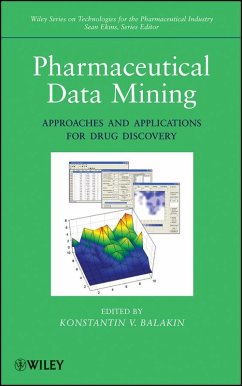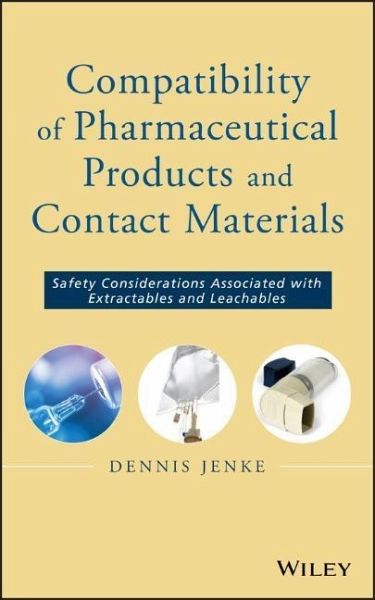
Compatibility of Pharmaceutical Solutions and Contact Materials
Safety Assessments of Extractables and Leachables for Pharmaceutical Products
Versandkostenfrei!
Versandfertig in über 4 Wochen
140,99 €
inkl. MwSt.
Weitere Ausgaben:

PAYBACK Punkte
70 °P sammeln!
Compatibility of Pharmaceutical Products and Contact Materials Dennis Jenke Important safety aspects of compatibility for therapeutic products and their manufacturing systems, delivery devices, and containers Compatibility of Pharmaceutical Products and Contact Materials helps pharmaceutical, toxicology, analytical, and regulatory affairs professionals assess the safety of leachable and extractable chemicals associated with drug product packaging, manufacturing systems, and devices. The most comprehensive resource available, its coverage includes the strategies, tactics, and regulatory require...
Compatibility of Pharmaceutical Products and Contact Materials Dennis Jenke Important safety aspects of compatibility for therapeutic products and their manufacturing systems, delivery devices, and containers Compatibility of Pharmaceutical Products and Contact Materials helps pharmaceutical, toxicology, analytical, and regulatory affairs professionals assess the safety of leachable and extractable chemicals associated with drug product packaging, manufacturing systems, and devices. The most comprehensive resource available, its coverage includes the strategies, tactics, and regulatory requirements for performing safety assessments, along with the means for interpreting results. Structured around a logical framework for an extractables and leachables safety assessment and closely linked to the pharmaceutical product development process, Compatibility of Pharmaceutical Products and Contact Materials directly addresses the fundamental questions of "what activities need to be performed to completely, efficiently, and effectively address the issue of product safety from an extractables and leachables perspective?" and "when do the various required activities need to be performed?" Specifically, the chapters describe: * * Pertinent regulations and practical ways to meet guidelines * Coordinating manufacturing, storage, and delivery systems development and qualification with therapeutic product development * Materials characterization and the materials screening process * Component and/or system qualification (illustrated by several case studies) * Performing validation/migration studies and interpreting and reporting the results * Creating a product registration dossier and putting it through regulatory review * Product maintenance (Change Control) from an extractables and leachables perspective * Likely future developments in extractables and leachables assessment Additionally, the book's appendix provides a database, including CAS registry numbers, chemical formulas and molecular weights of extractable/leachable substances that have been reported in the chemical literature. Detailing the interconnected roles played by analytical chemistry, biological science, toxicology, and regulatory science, Compatibility of Pharmaceutical Products and Contact Materials supplies a much-needed, comprehensive resource to all those in pharmaceutical product or medical device development.





